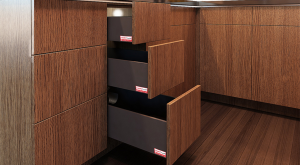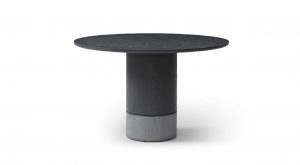Featured Post
Quick Upholstery Cleaning Tips for Busy Homes
Keeping your upholstery clean can be challenging, especially in a busy home. This article provides quick and effective cleaning tips, DIY solutions, and maintenance advice to help you keep your furniture looking great with minimal effort.
Introduction
Upholstered furniture adds comfort and style to our homes, but it can also be a magnet for dirt, stains, and wear. For busy households, finding time to clean and maintain upholstery can feel overwhelming. However, with the right strategies and a few simple tricks, you can keep your furniture looking fresh and extend its lifespan without spending hours on upkeep. In this guide, we'll explore practical tips for quick upholstery cleaning, share DIY repair techniques for common issues, and offer insights into maintaining your furniture for long-lasting quality.
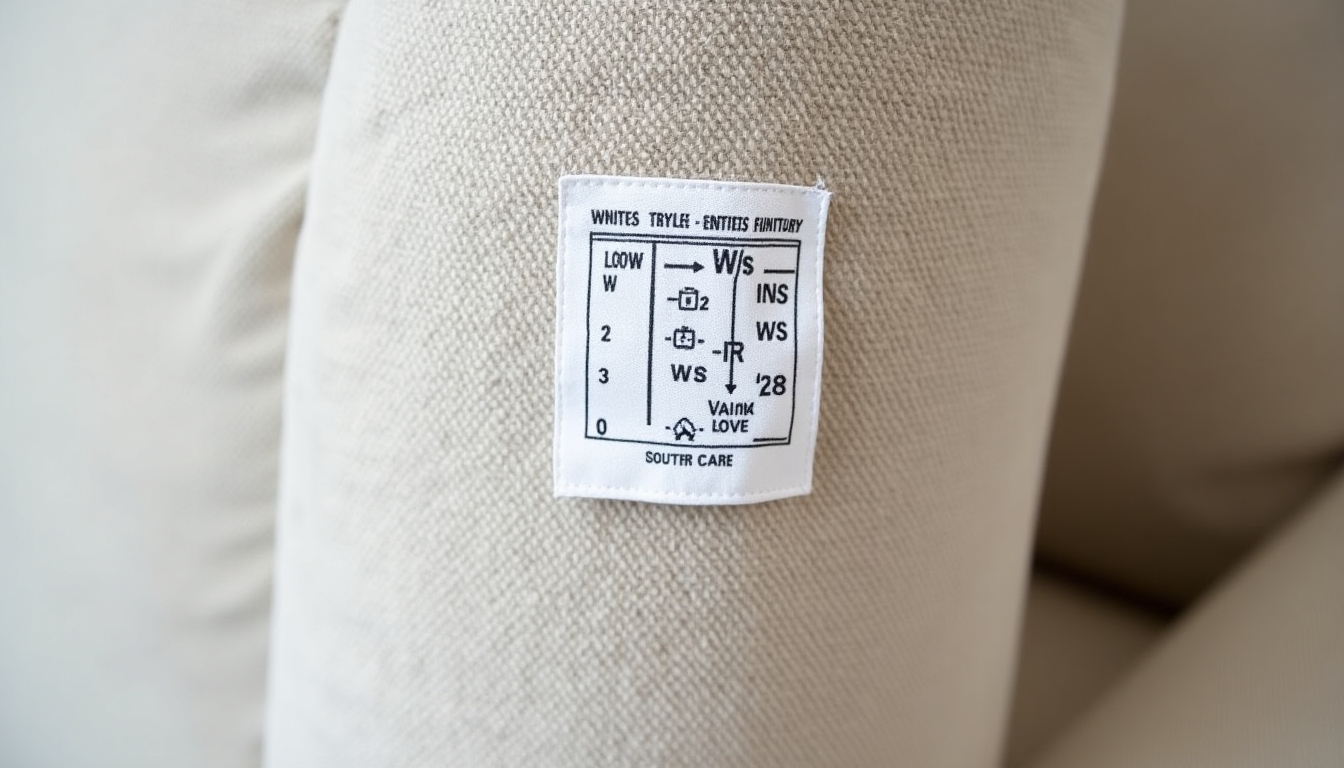
Understanding Upholstery Fabrics
Before diving into cleaning methods, it's essential to know what type of fabric your upholstery is made from, as different materials require different care. Common upholstery fabrics include:
- Cotton: A natural fiber that's breathable and comfortable, cotton is a popular choice for upholstery. It's relatively easy to clean but can wrinkle and may shrink if not cared for properly.
- Linen: Known for its crisp, natural look, linen is another natural fiber that adds texture to furniture. However, it's prone to staining and may require more delicate cleaning methods.
- Wool: Wool upholstery is durable and naturally resistant to dirt and water. It's great for high-traffic areas but can be sensitive to alkaline cleaners.
- Synthetic fabrics: Materials like polyester, nylon, and acrylic are often used for their durability and stain resistance. They're typically easier to clean and maintain than natural fibers.
- Leather: While not a fabric, leather is a common upholstery material that requires specific care. Use leather cleaner and conditioner to keep it supple and prevent cracking.
Most upholstered furniture comes with a label indicating the recommended cleaning method. These codes are:
- W: Safe to clean with water-based cleaners.
- S: Use solvent-based cleaners only.
- WS: Can be cleaned with either water or solvent-based products.
- X: Do not clean with liquids; vacuum or brush only.
Understanding these codes is crucial to avoid damaging your furniture with the wrong cleaning method.
Quick Cleaning Methods for Common Stains
Accidents happen, but acting quickly can prevent stains from setting. Here are some rapid response tips for common upholstery stains:
- Food and drink spills: Immediately blot the spill with a clean, dry cloth to absorb as much liquid as possible. Avoid rubbing, as this can spread the stain. Then, mix a small amount of mild dish soap with warm water and gently dab the area with a sponge or cloth. Rinse with a clean, damp cloth and blot dry.
- Pet accidents: Blot the area to remove excess moisture. Mix equal parts white vinegar and water in a spray bottle and lightly mist the stain. Blot again with a clean cloth and allow to air dry. The vinegar helps neutralize odors.
- Ink or dye: For ink stains, dip a cotton swab in rubbing alcohol and gently dab the stain, working from the outside in to prevent spreading. Replace the swab as it absorbs the ink.
- Grease or oil: Sprinkle baking soda over the stain and let it sit for 15-20 minutes to absorb the grease. Vacuum up the baking soda, then use a mild soap solution if needed.
Always remember to test any cleaning solution on a hidden area first, such as under a cushion, to ensure it doesn't cause color fading or damage.
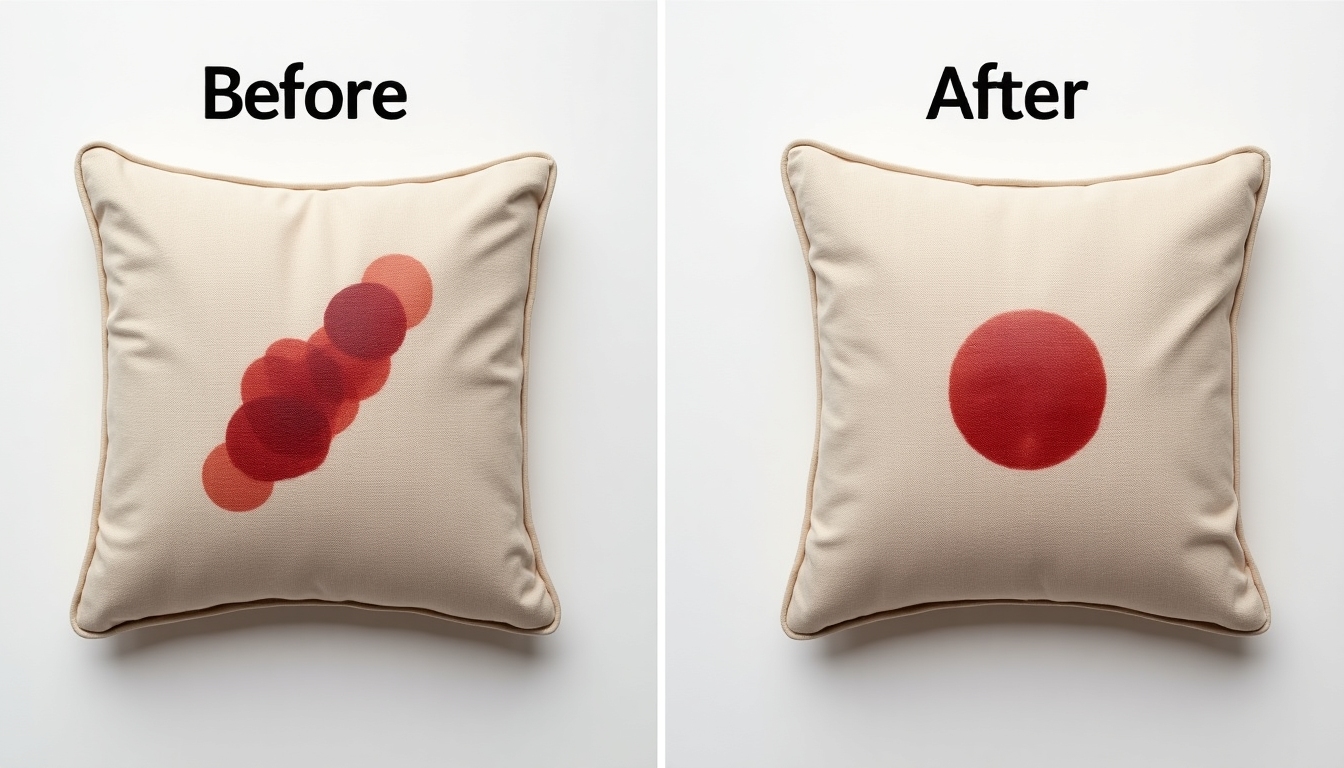
Preventive Maintenance Tips
Regular maintenance can significantly reduce the need for deep cleaning. Here are some quick preventive measures:
- Vacuum regularly: Use the upholstery attachment on your vacuum cleaner to remove dust, dirt, and debris from the surface and crevices of your furniture. Doing this weekly can prevent buildup that leads to wear and tear.
- Rotate cushions: To ensure even wear, flip and rotate your cushions every few months. This is especially important for pieces that get a lot of use, like sofas and armchairs.
- Use throws or slipcovers: Protect your upholstery from spills and stains by covering high-traffic areas with washable throws or slipcovers. These can be easily removed and laundered as needed.
- Avoid direct sunlight: Prolonged exposure to sunlight can fade and weaken fabrics. Use curtains, blinds, or UV-protective window films to shield your furniture from harsh rays.
- Address spills immediately: The key to preventing stains is quick action. Keep cleaning supplies handy so you can tackle spills as soon as they happen.
By making these practices part of your routine, you'll reduce the frequency of deep cleaning sessions and keep your furniture looking its best.
DIY Cleaning Solutions
You don't need expensive products to clean your upholstery. Many effective solutions can be made with household items:
- All-purpose cleaner: In a spray bottle, mix 1 teaspoon of mild, clear dish soap with 1 cup of warm water. Shake gently to combine. Spray lightly on stains and blot with a clean cloth.
- Stain remover: Combine 1 part white vinegar with 1 part water in a spray bottle. Vinegar is effective for many types of stains and also helps eliminate odors.
- Deodorizer: Sprinkle baking soda liberally over the upholstery, let it sit for at least 15 minutes (or overnight for strong odors), then vacuum thoroughly.
- Leather conditioner: Mix 1 part white vinegar with 2 parts linseed oil. Apply a small amount to a soft cloth and rub gently into the leather in circular motions. Buff with a clean cloth.
These homemade solutions are cost-effective and environmentally friendly alternatives to commercial products.
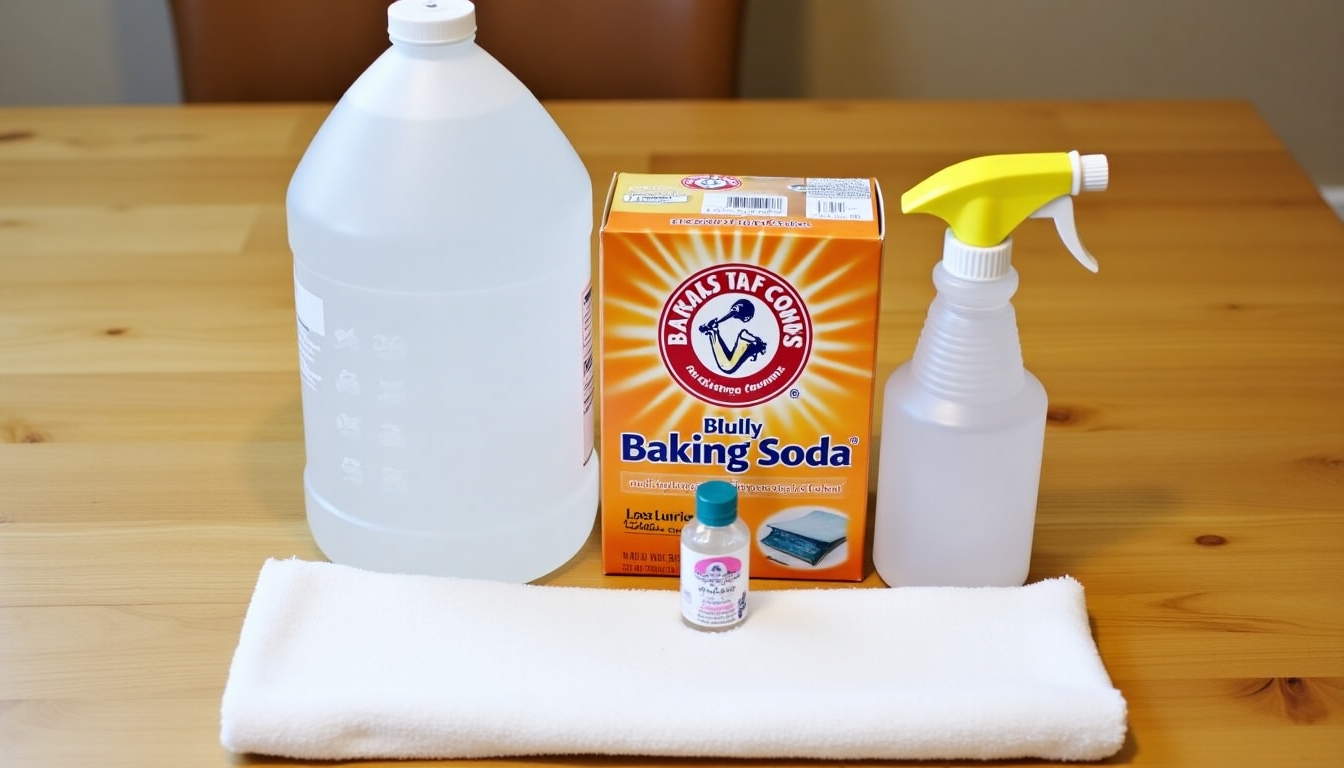
When to Call Professionals
While regular maintenance can handle day-to-day cleaning, there are times when professional services are necessary:
- Deep cleaning: Over time, dirt and grime can accumulate deep within the fibers of your upholstery. Professional steam cleaning every 12-18 months can extract this embedded dirt and revitalize your furniture.
- Stubborn stains: If you've tried DIY methods and a stain persists, professionals have access to industrial-strength cleaners and equipment that can tackle tough stains without damaging the fabric.
- Delicate fabrics: Some materials, like silk, velvet, or antique fabrics, require specialized knowledge and techniques to clean safely. Professionals can ensure these delicate items are handled with care.
- Water damage: If your furniture has been exposed to excessive water, such as from a flood or leak, professional drying and restoration services can prevent mold and structural damage.
Investing in professional cleaning periodically is a smart way to protect your furniture investment and maintain a healthy home environment.
Cleaning Specific Furniture Pieces
Different furniture pieces may require slightly different approaches:
- Sofas and chairs: These pieces often have removable cushions, which can be flipped or rotated to even out wear. Pay special attention to armrests and headrests, as these areas tend to accumulate oils from skin and hair. A lint roller can be handy for removing pet hair quickly.
- Ottomans and footstools: Because they're close to the floor, these pieces can collect dust and dirt underneath. Be sure to vacuum or wipe down the undersides regularly.
- Beds: Upholstered headboards can be vacuumed using the upholstery attachment to remove dust and allergens. For fabric-covered bed frames, check the care label for specific cleaning instructions. Spot-clean stains as needed, being careful not to oversaturate the fabric.
- Dining chairs: The seats of dining chairs are prone to food and drink spills. Consider using removable, washable seat covers for easy cleaning. For fixed upholstery, blot spills immediately and clean with a mild soap solution.
Tailoring your cleaning approach to the specific needs of each furniture piece ensures comprehensive care.
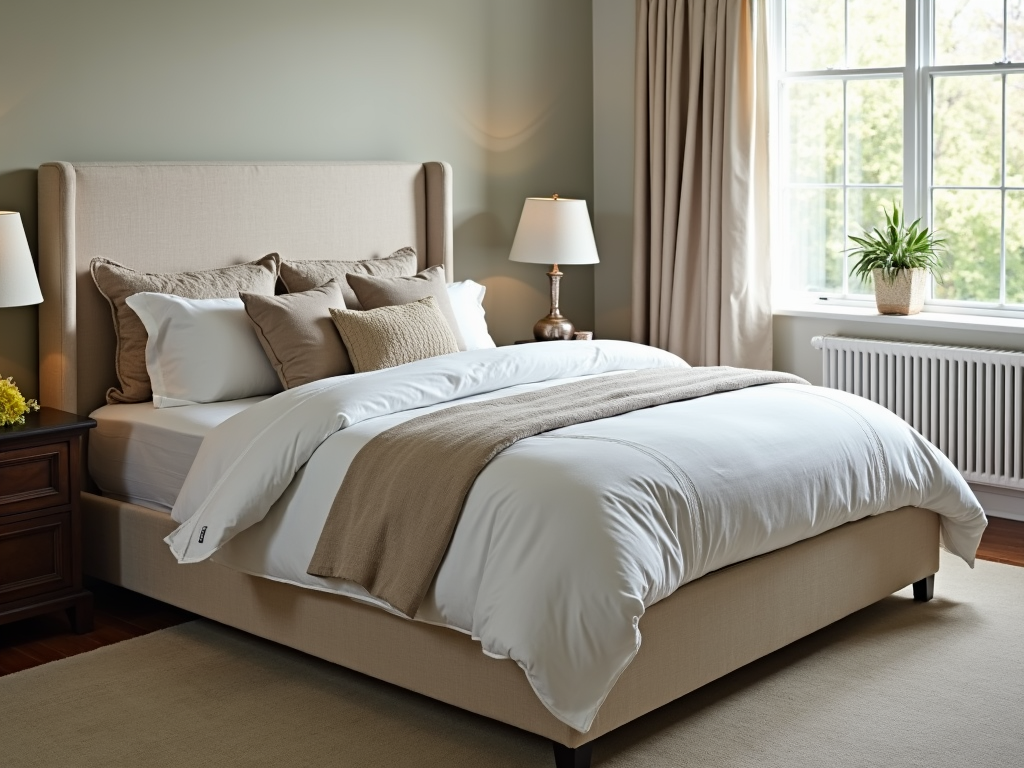
Conclusion
Maintaining clean upholstery in a busy home is achievable with the right knowledge and tools. By understanding your furniture's fabric, responding promptly to spills, utilizing simple DIY cleaning solutions, and incorporating preventive maintenance into your routine, you can keep your upholstery looking fresh and extend its lifespan. Remember, a little effort goes a long way in preserving the beauty and comfort of your furniture. For those looking to delve deeper, resources like "The Definitive Guide to Upholstery Maintenance" offer comprehensive insights, while "DIY Furniture Repair: Simple Fixes for Common Problems" provides solutions for minor damages. With these strategies, you can enjoy your furniture for years to come.







